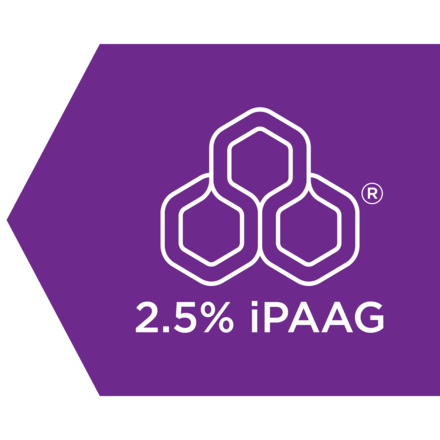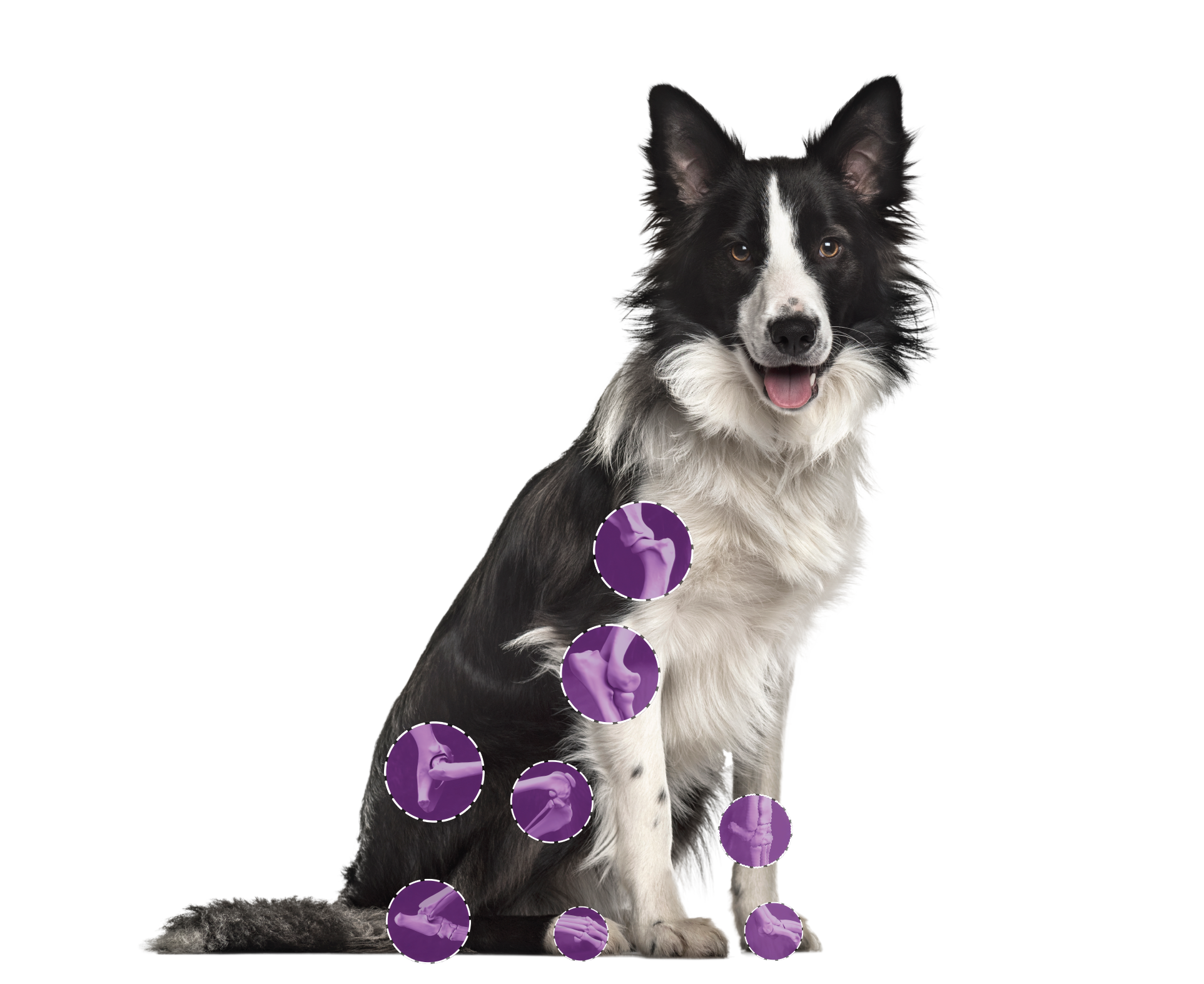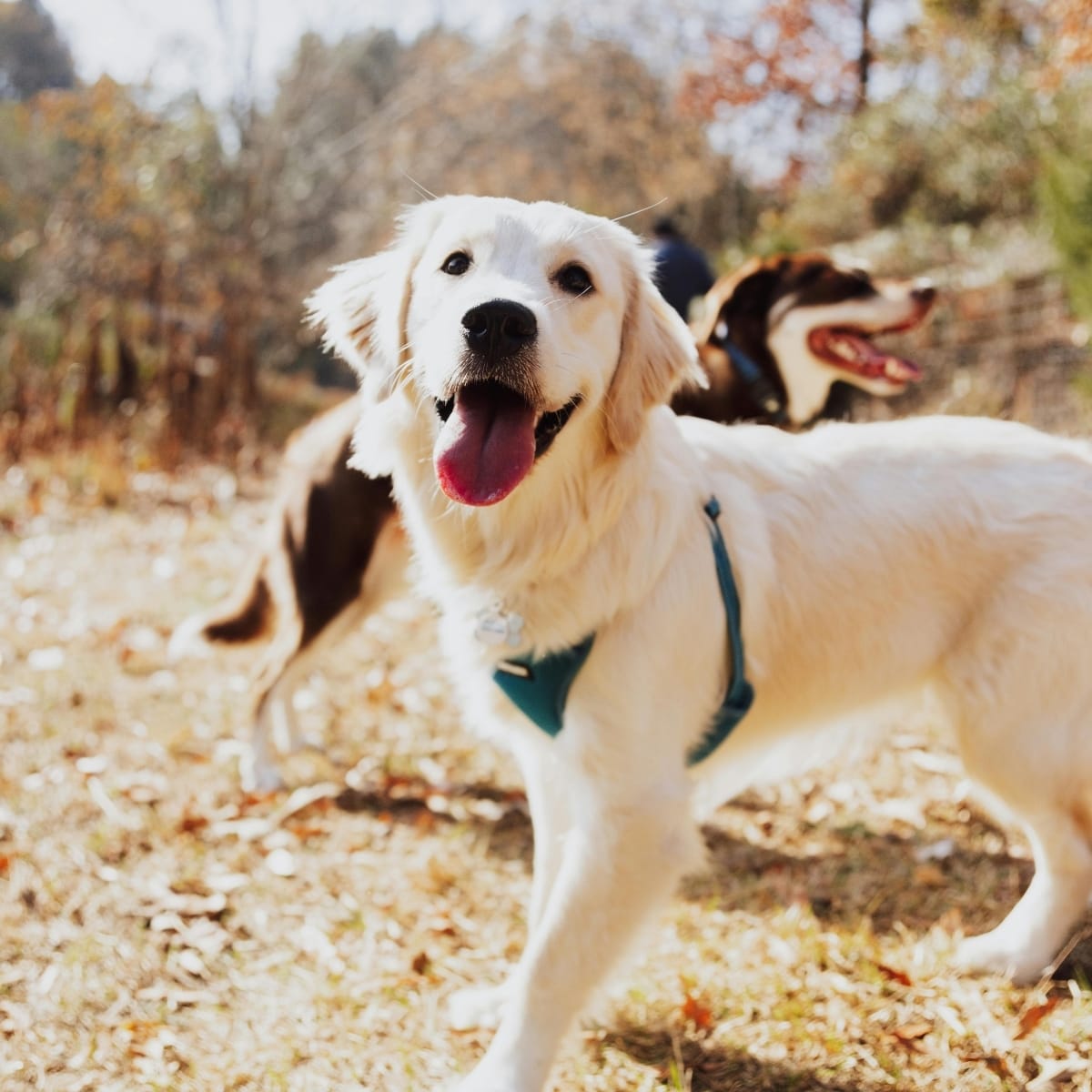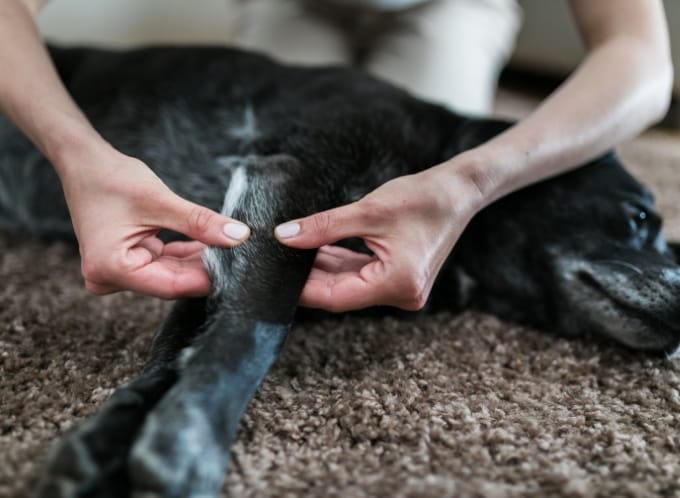Arthramid® is a unique patented 2.5% injectable polyacrylamide hydrogel (2.5% iPAAG®) that is injected directly into the joint to improve mobility and reduce discomfort.
Arthramid goes beyond other therapies, incorporating a dynamic bioscaffold technology to safely and effectively manage osteoarthritis long-term.
- Long-lasting relief from osteoarthritis
- Improves mobility and joint health
- Safe, non-invasive, and backed by 20+ years of research
- Works for all stages of osteoarthritis, from early to advanced
- Reduces the need for daily pain medication or frequent injections
- Safe for use in multiple joints
NOTE: Arthramid® is a registered S4 for the treatment of lameness in horses (APVMA No. 86728). Use in non-equine species is currently extra-label and at the veterinarian’s discretion.










